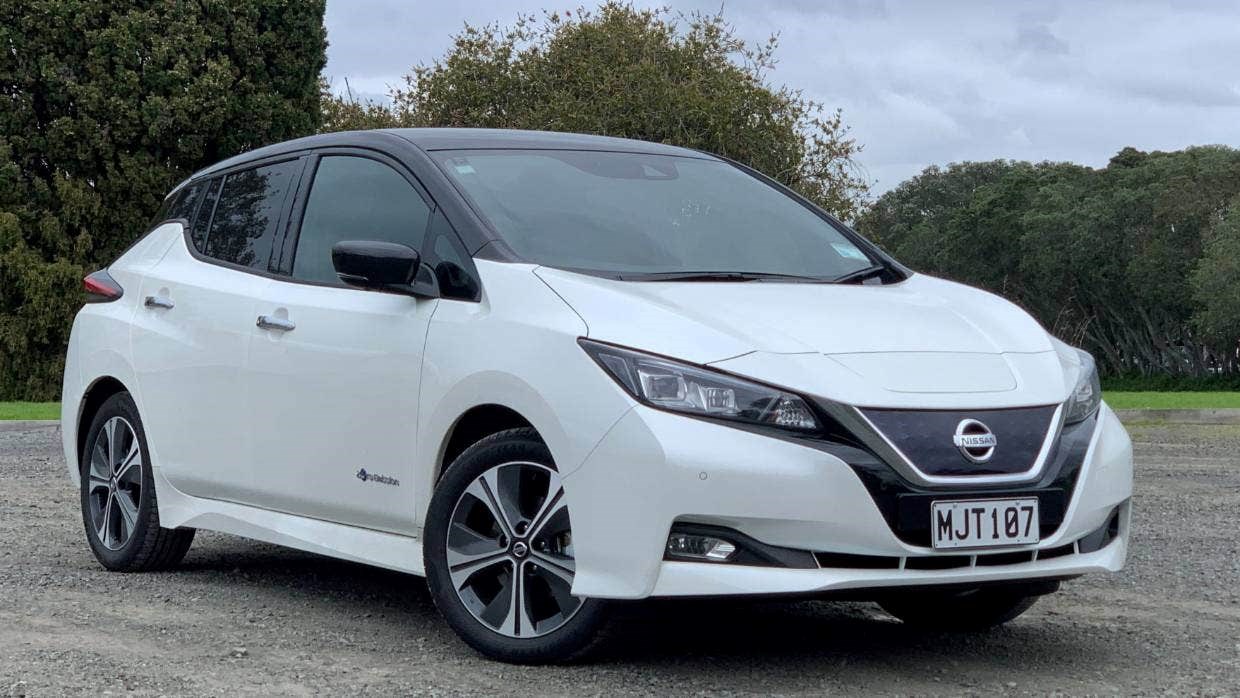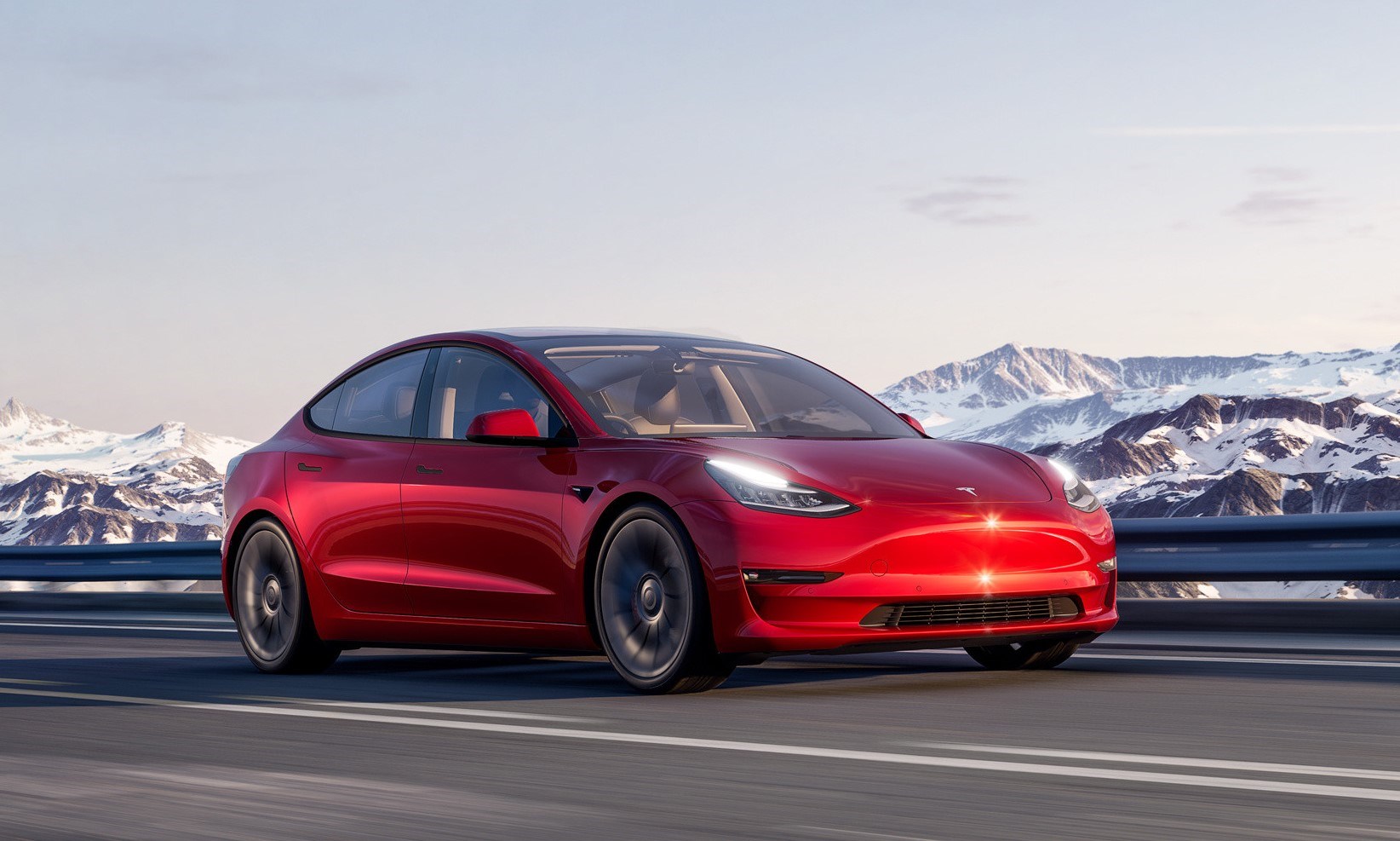Pure electric vehicles (BEVs) are no longer deemed to be the “future” of motoring. Many would argue that they’re the present, and we’ve seen that with an increased uptake of new BEVs in New Zealand.
New EV sales almost doubled in 2020 compared to 2018 and are likely to ramp up even further with the introduction of Government rebates from this month.
However, there are still many myths about BEVs lurking about. Here are the top misconceptions that still seem to be haunting our members.
EVs don’t have enough range
For some people, one of the biggest stumbling blocks when it comes to buying a BEV is how far the car can travel on a full charge.
The lowest priced new BEV for sale in New Zealand - the MG ZS EV (from $48,990) - possesses a more-than-capable 44.5kWh liquid-cooled lithium-ion battery that offers a usable driving range of up to 263km from a single charge.
Even with a used second-generation Nissan Leaf (with 10 bars or more) you should be able to achieve around 100km.
At the top end, the $159,990 Tesla Model S Long Range is capable of 663km.
Electric vehicles cost the earth

During a recent AA survey, 59 per cent of people said that BEVs cost too much for what they are.
While some electric vehicles are on the pricier side, there are currently quite a few options that are under $70,000.
We’ve already touched on the MG ZS EV, which is available at a similar price point to a mid-spec Mazda CX-5.
There are also several electric hatches here in NZ, such as the Mini Electric from $60,400, the Nissan Leaf at $61,990 and the Hyundai Ioniq from $65,990 (with the all-new Ioniq 5 on the way). The entry-level Tesla Model 3 recently had a price reduction and is now available from $69,990.
The substantial Government rebate of $8625 for pure-electric vehicles makes all of the above even more attractive.
EV batteries don’t last
Even the cheapest BEV has an eight-year 160,000km warranty on the high voltage battery, so manufacturers have good confidence in their durability.
BEV batteries can also take on a second life once the battery becomes too depleted to run a car. For example, Volvo has a collaboration with BatteryLoop, a company within the Swedish Stena Recycling Group that re-uses batteries from the automotive industry.
Starting from April 2021, BatteryLoop and Volvo Cars will use batteries from electrified Volvo cars for a solar-powered energy storage system. This system will power charging stations for electrified cars and electric bikes at Swedish hygiene and health firm Essity’s business centre outside of Gothenburg.
Here in New Zealand, the AA is heavily involved with the Battery Industry Group (big.org.nz) which has designed a product stewardship scheme for large batteries which includes utilising car batteries after they’ve been removed from cars.
Charging takes forever
If we look at the MG ZS EV, most owners will only charge their car on a regular 7kW wall charger, taking approximately seven hours. It can also be rapidly charged in 45 minutes to 80 per cent on a quicker public DC fast charger.
The Porsche Taycan is equipped with a new 800-volt charging technology along with an innovative temperature control strategy for the battery. This allows the vehicle to be charged with higher direct currents, thus speeding up the charging process significantly. For example, in just over five minutes the battery can be recharged to gain a range of up to 100 kilometres range on a suitable DC station, and the charging time from five to 80 per cent is less than 25 minutes.
EV cars are boring and slow

Some still hang onto an historic notion of BEVs being slow.
This is one of the biggest misconceptions about BEVs, as the instant torque found produced by electric motors make them, in many ways, sportier than their petrol equivalents.
The Porsche Taycan Turbo S is available from $289,900 and can do 0-100km/h in just 2.6 seconds, while Tesla’s upcoming Plaid variants will be able to hit 100km/h in as little as 2.1 seconds. Even the entry-level Tesla Model 3 can dash from 0-100km/h in 5.6 seconds.




